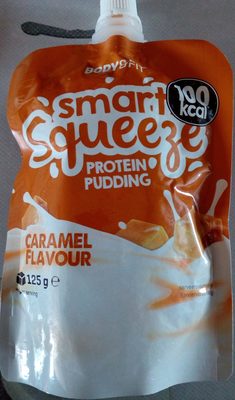Pudding caramel Smart Squeeze - Body and Fit - 125 g
This product page is not complete. You can help to complete it by editing it and adding more data from the photos we have, or by taking more photos using the app for Android or iPhone/iPad. Thank you!
×
Barcode: 8718774019624 (EAN / EAN-13)
Common name: Pudding caramel Smart Squeeze
Quantity: 125 g
Packaging: Pouch flask
Brands: Body and Fit, Body Fit, Body&Fit
Categories: Desserts, Puddings
Labels, certifications, awards: Source of proteins, High proteins
Manufacturing or processing places: Hollande
Traceability code: FR 28.280.028 CE - Nogent-le-Rotrou (Eure-et-Loir, France)
Countries where sold: France
Matching with your preferences
Environment
Packaging
Transportation
Report a problem
Data sources
Product added on by sophiecool62
Last edit of product page on by packbot.
If the data is incomplete or incorrect, you can complete or correct it by editing this page.









